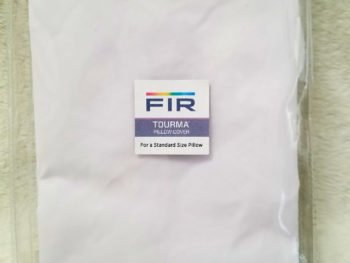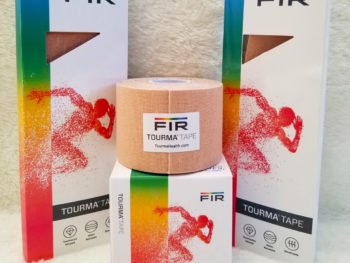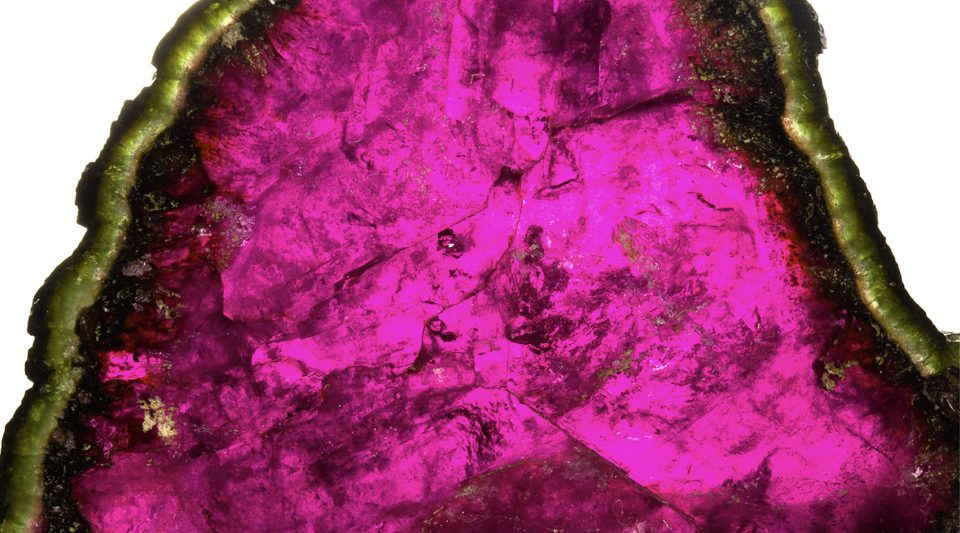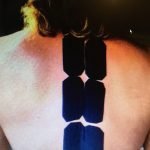What is Tourmaline?
Tourmaline is not a single mineral, but a group of minerals with a similar crystal structure. Different tourmalines contain different elements, and occur in many different colors. Tourmaline is often confused with other types of gemstones, but is truly unique in its healing and restorative powers.
Each variety of tourmaline has its own chemical formula, but tourmaline always has a six-atom ring. The elements found in tourmalines can include: aluminum, boron, silicon, chromium, oxygen, hydrogen, potassium, sodium, calcium, magnesium, iron and lithium. Tourmalines are among the most complicated chemical formulas of all minerals.

Shop the Tourma®Line
The Science Behind Tourmaline and Far Infrared
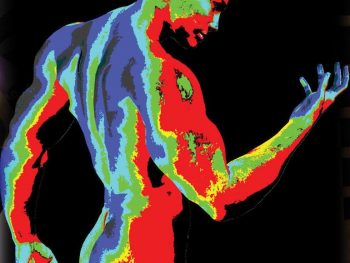
Far Infrared
Far infrared (FIR), can stimulate cells and tissues and is considered a promising treatment modality for certain medical conditions. Our technological advances have provided new techniques for delivering FIR to the human body.
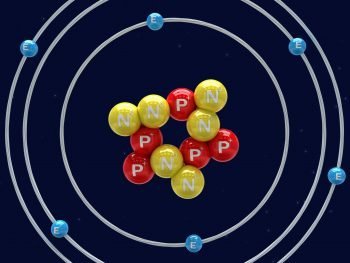
Negative Ions
Negative Ions Create Positive Vibes “The action of the pounding surf creates negative air ions and we also see it immediately after spring thunderstorms when people report lightened moods,” says ion researcher Michael Terman, PhD, of Columbia University in New York. In fact, Columbia University studies of people with winter and chronic depression show that …
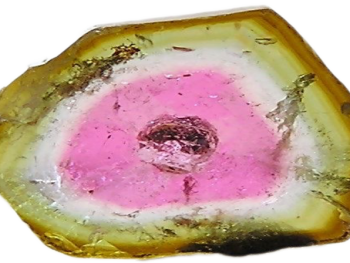
Tourmaline
The name Tourmaline comes from the Singhalese word (from northern India) “touramalli” which means “mixed colored stones”. Because tourmaline is found in so many different colors they are often confused with other types of gems. Tourmaline is not a single mineral, but a group of isomorphous minerals with an identical crystal lattice. Isomorphous minerals are …



